Mystery Japanese man returned Australian’s cufflinks after WW2 execution
Five Australians disappeared in a wartime atrocity. Now an enemy soldier linked to their murder tracked down relatives with a message — and the only piece of physical evidence left from the crime.
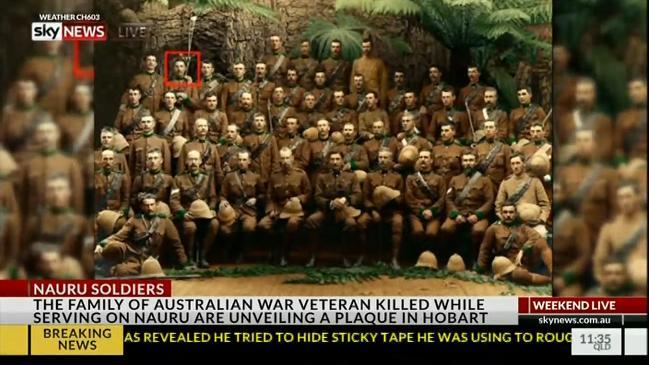
Crime in Focus
Don't miss out on the headlines from Crime in Focus. Followed categories will be added to My News.
“Your brother died honourably.”
The story of five Australians murdered in a brutal wartime atrocity has taken an extraordinary twist — with revelations a mysterious Japanese man linked to the execution travelled Down Under years later to track down one of the families and return a highly personal item.
A pair of monogrammed cufflinks belonging to medical assistant Wilfred Shugg were handed to his brother Edward by the foreign visitor, who told him: “Your brother died honourably”.
It is believed the man was a guard who took part in or witnessed the killing, in which the five island administrators — Victorians Shugg, Bernard Quin and Fred Harmer plus Tasmanian WW1 legend Frederick Royden Chalmers and NSW first war veteran William Doyle — were beheaded and bayoneted then pushed into an unmarked grave as the island’s Japanese occupiers panicked amid fears of an Allied attack in 1943.

Today Shugg’s great-nephew Jim Shugg, an arborist at Melbourne’s Royal Botanic Gardens, has the cufflinks; and 80 years after WW2 began he is desperate to know more, especially the identity of the Japanese man, and hopes someone in Australia or Japan may be able to help.
“I was told the story as child and then again by my grandfather, Wilfred’s brother, just before he died,” he said — but at the time did not ask for details.
NAURU HERO’S TRAGEDY: How murdered Aussie saw his estranged son
COURAGE AND A CRUEL SHOCK: How son learned of dad’s island death
Now senior members of the immediate Shugg family have passed away and he fears the full story may be lost.
“I wish I’d been a better family archivist,” Jim Shugg added. “Maybe someone knows what really happened.”
The cufflinks are the only physical piece of evidence connected to the Nauru Five since they were imprisoned for months then effectively disappeared.

Last year News Corp Australia revealed their grave and execution site had finally been found, and a recovery mission planned; and last month they received a posthumous bravery award from the Governor-General.
Given that Japan has struggled on some official levels to come to terms with its wartime atrocities — in stark contrast to post-war Germany — the story of the cufflinks is significant.
Hobart historian Scott Seymour, who is leading the investigation into what happened to the Nauru Five, said it demonstrates a personal remorse by the anonymous visitor.
“Things like watches and wedding rings were souvenired by the Japanese,” he said.
“He must have been a soldier that knew the men,” Seymour said. “It was probably a Japanese soldier who took part in the execution.”
“It obviously bothered him.”

Referring to the mission Down Under to return the item, Seymour added: “Maybe it was more a way to apologise without actually apologising.”
Seymour believes the man’s words that Wilfred Shugg “died honourably” were a message of comfort to the Shugg family.
Japanese records indicate William Doyle was the only one beheaded — in Japanese military tradition an “honourable” death — while the others were bayoneted, which was the opposite.
If you can help piece together the mystery contact justin.lees@news.com.au or send a message to AnzacLive on Facebook.
FREDERICK CHALMERS: THE SOUTH AUSTRALIAN CONNECTION
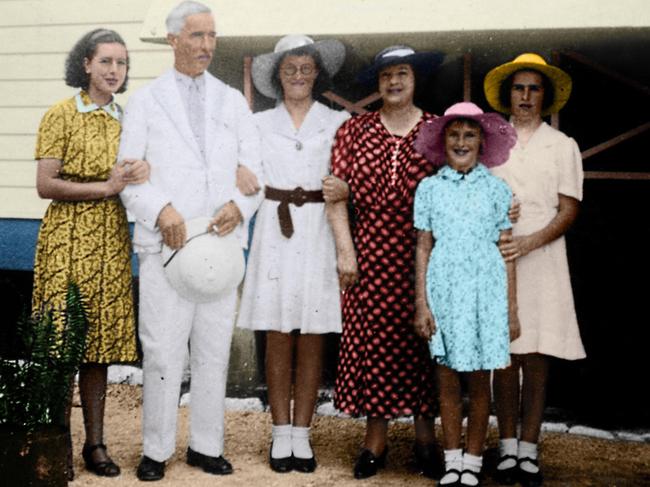
The Nauru Five all have compelling stories, many of which have been brought to light by Seymour’s investigations into their leader, Frederick Royden Chalmers.
Chalmers was a farmer’s son, born at Brighton, Tasmania in 1881. Aged 18, adventure called and he headed to South Africa to fight in the Boer War — serving in the Tasmanian Imperial Bushmen alongside his cousin John Bisdee, one of the First Australians to earn the Victoria Cross in the three-year conflict.
Starting WW1 as a private once again, in South Australia’s 27th Battalion, he served on Gallipoli then the Western Front. His extraordinary soldiering ability was recognised early and he began a meteoric ascent through the ranks that would see him end the war in command of the unit, as lieutenant-colonel and a Companion of the Order of St Michael and St George.
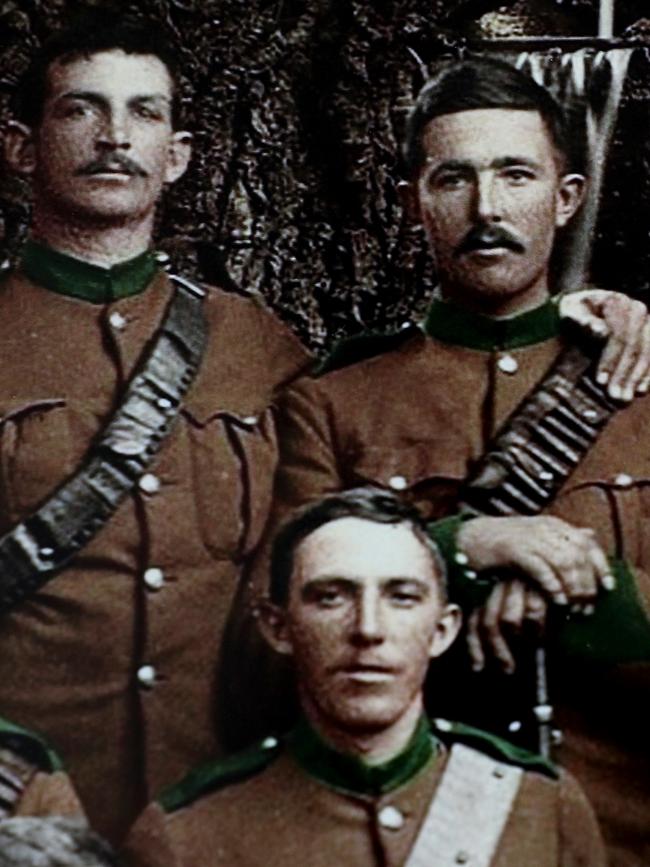
As commander of the 27th he was loved by his South Australian men, and understandably — he led from the front, earning the Distinguished Service Order for bravery in one charge when he captured several trenches and prisoners at the point of his revolver.
He was fiercely protective of them in return, writing at the end of the war that his relationship with the SA soldiers was the “finest association of my life”, noting that their chivalry “commanded the everlasting respect of the women and children of France and Belgium” and adding: “It has been my privilege to rub shoulders with men who were endowed with the finest principles of manhood.”
Chalmers’ complicated family life — both tragic and joyous — was detailed in this feature, which tells how he had to resort to “accidental” meetings in order to see his own son, who was kept from him by a bitter mother-in-law.
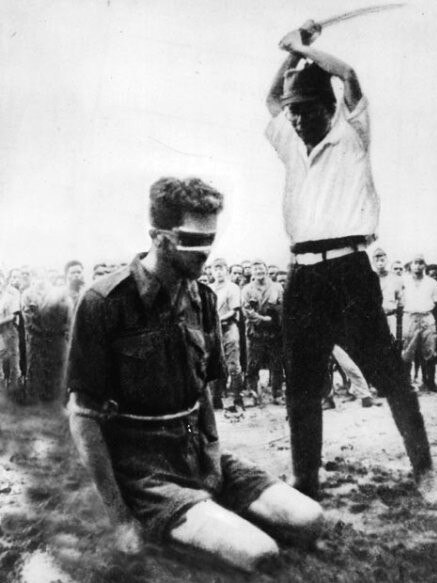
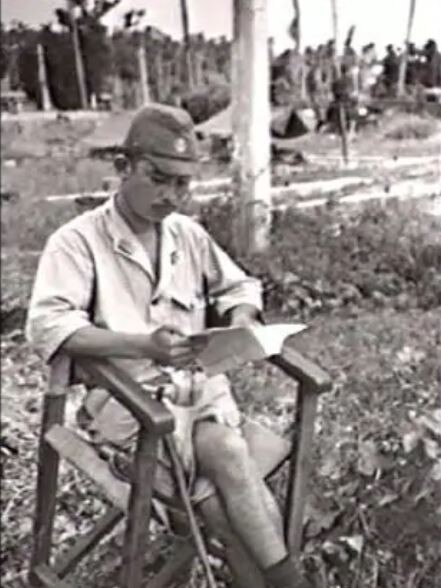
Originally published as Mystery Japanese man returned Australian’s cufflinks after WW2 execution
